Published on: April 20, 2023 Updated on: February 3, 2024
8 Best AI App Ideas: A 2024 Review
Author: Christina Muir

Artificial intelligence (AI) is leading the 2023 charge in app innovation, so now is the best time for startups and entrepreneurs to join suit.
However, you’re faced with competition as March 2023 alone saw 31.5 thousand apps being released to the Apple App Store. Don’t panic just yet though, because the power of AI is on your side and will give you the edge needed to break through the market and make a name for yourself.
AI apps can be found in many different parts of life, from entertainment to education, to healthcare. It makes everything easier and more efficient, setting the new standard users look for.
Time is money, so let’s go ahead and look at 8 of the best AI app development ideas of 2023 so far.
1. Food waste app
It is reported that 30% of food in America is wasted each year. This impacts the environment by releasing greenhouse gas emissions and strips those living on a low income of food security altogether.
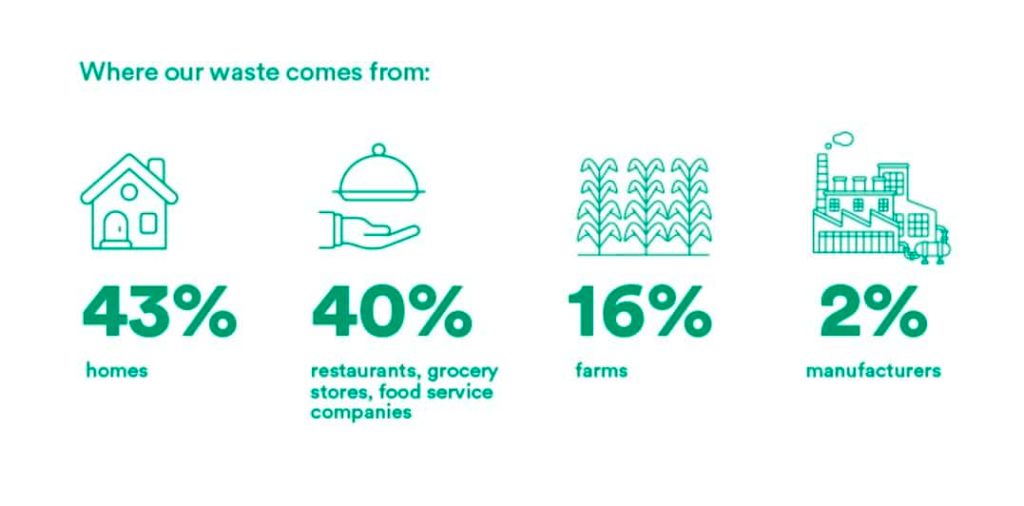
AI is the perfect solution to this problem. By creating a mobile application, people can use every little bit of food they have to create nutritious recipes and prevent wastage. Let’s look at how AI can be implemented into a food app idea.
Data collection and analysis
AI will play a big part in app functionality when collecting and analyzing data. This can include the types of food the user purchases, quantities, how it is prepared, and how much is consumed.
Once this data has been collected, machine learning algorithms can analyze it to find patterns. These trends will then identify where food waste can be lessened by purchasing less or applying different cooking and storage methods.
Food inventory management
It happens to the best of us; it’s easy to forget all the bits and pieces we put in the refrigerator, freezer, and pantry when we get home.
This leads to expired food items ending up in the trash instead of the dinner plate. Having your own food inventory manager with AI tracking your food and expiry dates would greatly help reduce waste. It could even recommend recipes to ensure every bit of food is used.
Surplus food notifications
It should shock you that restaurants in the US waste up to 33 billion pounds of food every year! And to make this statistic even more staggering, there is usually nothing wrong with the food, and is still perfectly safe to eat.
To help solve this problem, the app Too Good to Go was launched in the UK in 2016. It has since proven very successful and has expanded to many other countries. This mobile app development means restaurants, grocery stores, and cafes can put their leftover food in bags and sell them at a huge discount for app users to collect and dig in.

AI can be used to notify app users of any food available for pick-up in the nearby area. To make it user-friendly and personalized, it’s best to provide the option to filter search for a particular restaurant, food type, or price.
2. eCommerce app
For those who love to shop, eCommerce mobile apps are great. But one that uses AI is perfect. To have all the products you could ever want at your fingertips, apps such as Amazon and Etsy are leading examples of utilizing AI to give customers the best shopping experience.
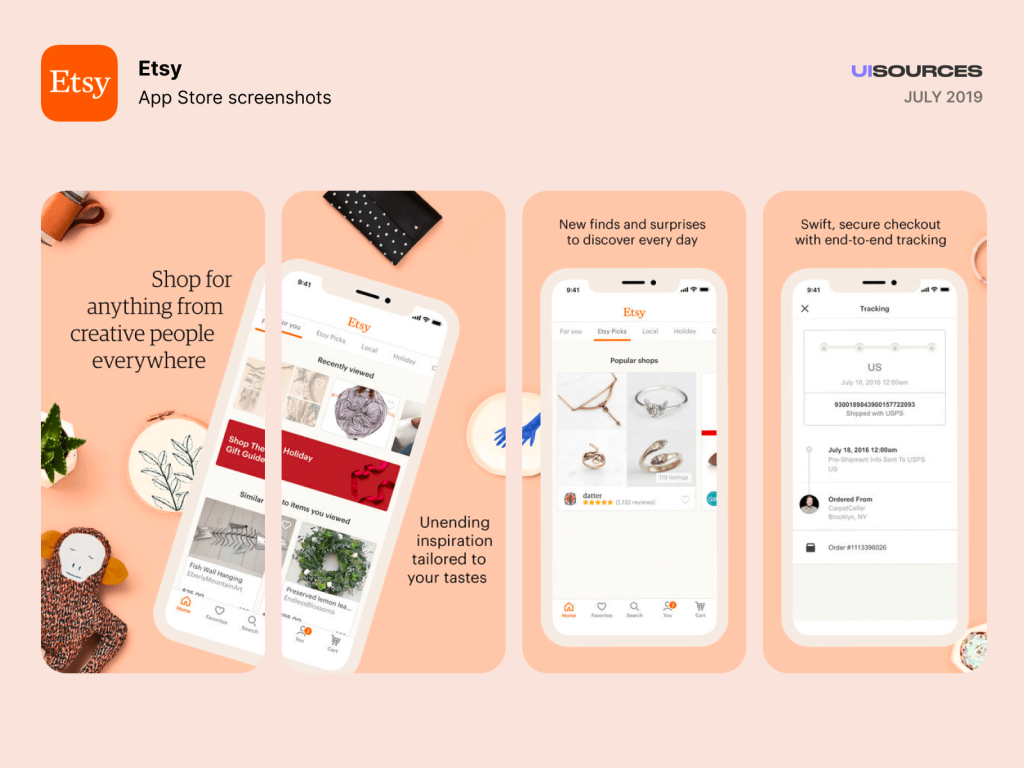
Artificial intelligence is used in a number of ways to enhance the customer experience. Here are some examples of where AI can allow your eCommerce app to compete with the big shots.
Task automation
For an eCommerce app to be efficient and proactive, you will need AI by your side. It will take care of the time-consuming tasks that you really don’t want to do, such as inventory management and customer support.
As well as time-saving, AI automation can cut costs as it can get things done faster and even replace the role of a human employee in some cases.
Customer support
Natural Language Processing (NLP) is the key to understanding human language and replying accordingly. Chatbots use NLP to answer customer questions, promote products, and gather user data via questionnaires which are crucial features for an eCommerce app.

Chatbots gather this data because it allows them to personalize the whole shopping experience through product deals and promotions. AI may be artificial, but how it makes customers feel valued is real.
Pricing optimization
AI can even optimize your pricing by analyzing competitors, market trends, and customer demand and adjusting prices in real-time, known as dynamic pricing.
Algorithms and machine learning are used to keep a close eye on your sales volume, inventory, and supply and demand to ensure that you have competitive prices but are operating within your means.
AI tools can segment your customers before applying pricing to each group based on their demographics like age, location, sex, and purchase history. This will increase your chance of closing sales and keeping people happy.
3. Language translator app
If you love to travel, read foreign literature, or are learning a new language – you have probably used a language translator app. Many are out there, including Google Translate, Alexa Translations, and DeepL.
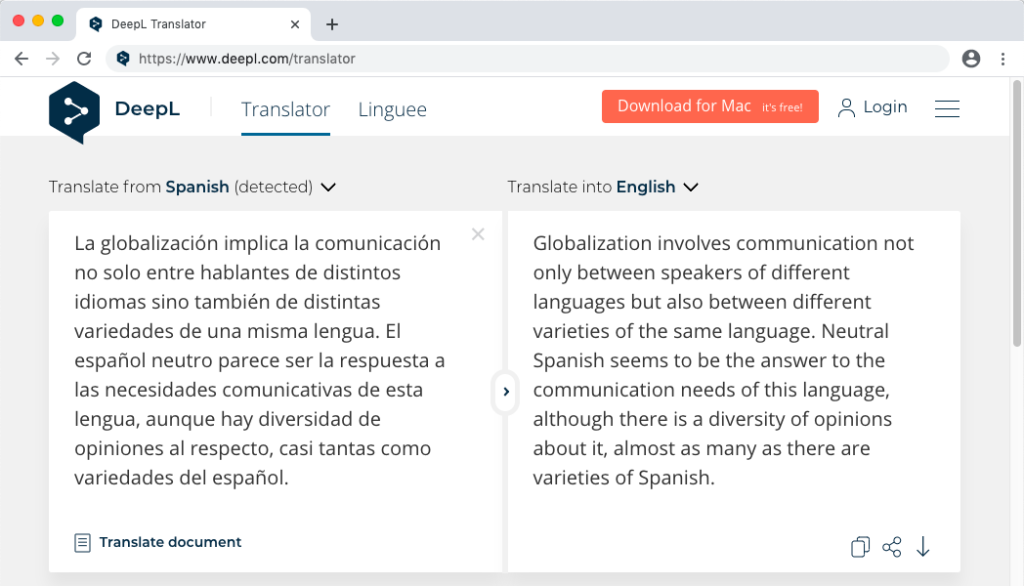
But that doesn’t mean there isn’t room in the market for one more. You can harness AI in many ways to make a fast, accurate language translation app. Here are ways it will take it to the next level.
Will continuously improve
Users want a translator app to be 100% accurate, and with the help of machine learning algorithms, yours will be. This is because the more it’s used, the more it will learn, as it refers to feedback on previous translations.
It learns important aspects of translating your input, including context, tone, and nuance. When you first create your language translator app, it will begin with a big dataset of language models using machine learning techniques and statistical analysis.
Human-like translations
Having just mentioned how important rules are when translating between languages, we ignored the fact that it can sometimes get in the way. Humans don’t talk like algorithms and datasets, so having a machine learning app that can think like us will make all the difference.
Neural Machine Translation (NMT) is a subset of machine learning that uses a similar brain function that we do, except instead of using neurons, NMT uses deep learning to make natural connections through neural networks. Here is an example diagram of how it works.

Thus, instead of producing sentences like a rule-abiding robot, it will consider the context and tone to understand where you’re coming from.
Accurate speech recognition
Accurate speech recognition is especially important when having real-time conversations with people in another language face to face. It makes communication seamless and, best of all, accurate.
Because humans can mumble, talk too fast, or too quietly, some parts of the sentence may be lost. However, AI language models can predict what will be said and fill the gaps.
If the translation industry isn’t tickling your fancy, you can easily apply these same AI elements to create a language learning app instead.
4. Weather forecast app
Predicting the weather is no easy task and requires science, physics, and advanced technology. This hard work is essential for many reasons, including taking action against natural disasters, protecting property, and providing overall valuable knowledge for humans from all walks of life.
Every smartphone will have a weather forecast app already installed on it, including yours. The collection of apps out there varies in accuracy due to their information processing as some rely on computer-generated results, whilst others consult professional meteorologists.
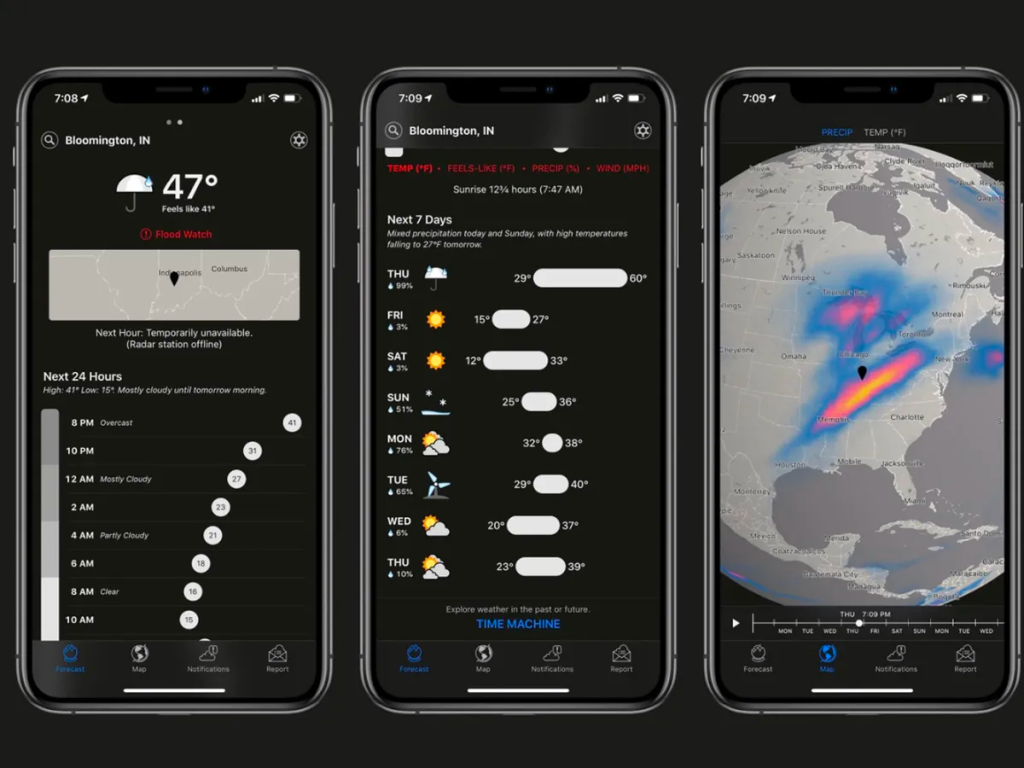
So, to make a weather forecast app that is as accurate as possible, you need to know how AI technology is used because you simply can’t make one without it.
Data collection and processing
Understanding what data to look for and what it means is paramount to predicting the weather accurately. AI uses weather stations, satellites, and buoys as sources for data on weather parameters such as humidity, wind, and temperature.
After all of this relevant data is collected, machine learning and AI algorithms are used to preprocess the data, remove errors, fill in the gaps, and turn it into a format best stored in the database to refer to later.
Predictive modeling
This part of the AI process is where weather forecasting comes to life. Predictive modeling is the result of algorithms using analyzed data to predict weather patterns over time that humans cannot see.
Best of all, whenever new data is available, these predictions are updated in real-time to provide users with the most accurate, up-to-date predictions. Here is a deeper look into the predictive modeling phases.
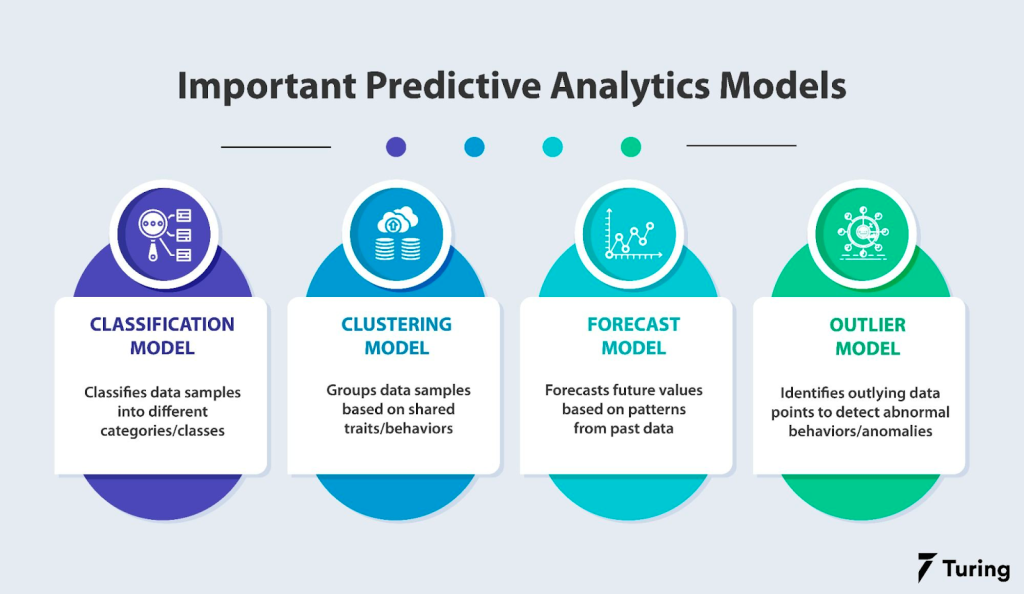
Personalized weather forecasts
As valuable as knowing if a hurricane is headed for Texas, being aware of potential rain in your neighborhood should get just as much attention from the forecasting app.
AI can collect information about user behavior, how they interact with the app, what time of day they use it, and how frequently they check it to cater to their preferences.
5. News app
Similar to how important a weather forecast app is, it’s hard to find an iPhone or Android without a news app on it. In fact, 93% of smartphone users use one. News that is relevant, accurate, up-to-date, and presented well are all aspects of a good app, and AI is the way to achieve that.
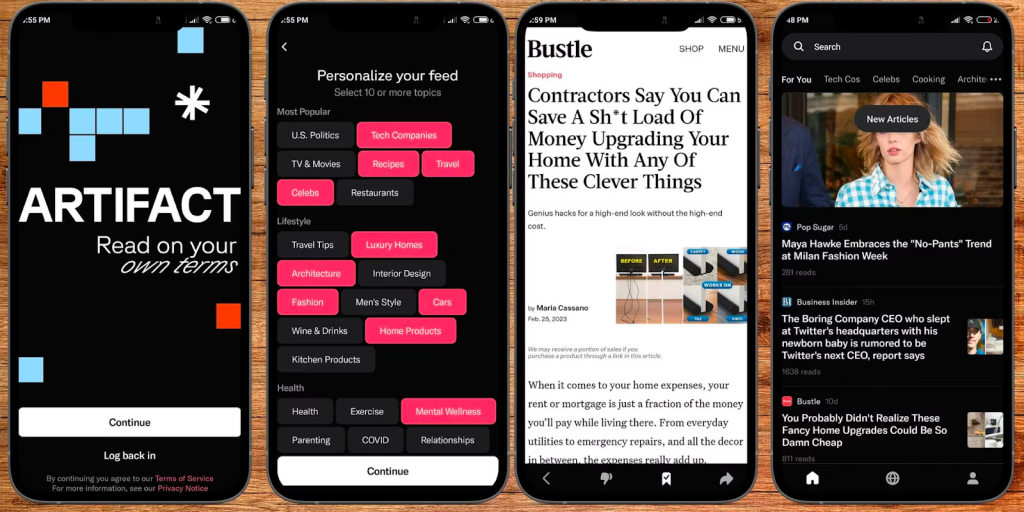
Content curation
When you open a news app, you want recent, relevant stories. Content curation conducted by AI can do all of this in record time. It can scan through hundreds and thousands of sources of various formats to curate content based on your preferences and location.
If you were to develop this type of app, you could train the algorithms responsible for content curation to find the most important stories every day and present them in a way that is appealing to users.
Personalized notifications
With machine learning, a news app can collect data on its users, including what stories they interact with most, their location, and preference settings to create a rundown on what notifications they will be interested in.
You should also give users full freedom to customize the notifications however they want. We all know how annoying a pushy app can get with constant pings and buzzes of stories we are not interested in.
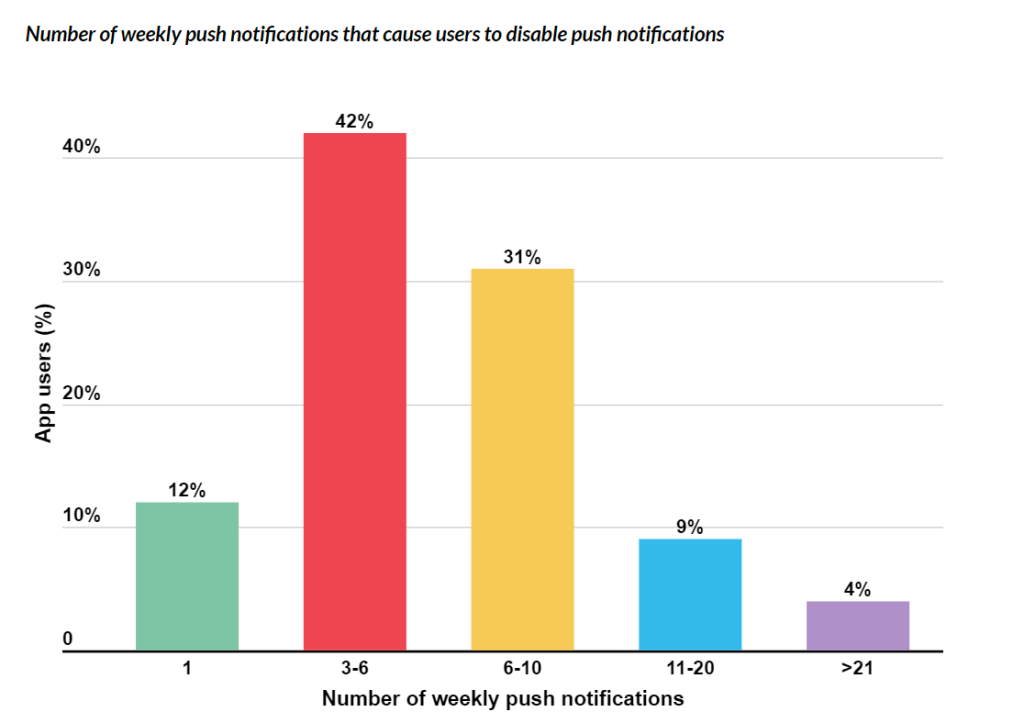
Automated reports
The world is a big place. Every second of every day, a potential news story occurs. It would be exhausting and frankly impossible for a human to keep on top of it all. But with automated reporting, AI can produce full news reports in a readable format from just a few data fragments.
Also, large reports can be instantly summarized for those too busy to sit and read through the whole thing but still want the most important parts.
This gives writers and journalists more time to focus on bigger and more creative stories.
6. Virtual companion app
Nowadays, there’s nothing weird about having a virtual companion on your smartphone. They are great fun for asking questions, having conversations, and practicing a language. If you’re busy with lots on your plate, AI technology such as this can be your very own virtual assistant.
Some popular virtual companion app examples are Replika and Anima. These are created to simulate a conversation with a human to be as accurate as possible.

On the other end of the scale, we have language models such as ChatGPT created by OpenAI, capable of human conversation but with less emphasis on emotions and more on facts. It can write resumes, cover letters, emails, and more.
IOS’ Siri is a bit like a virtual companion as it is an AI-enabled voice assistant app that answers questions, offers relevant information, sets reminders, and controls phone functions.
Virtual companion apps would not be possible without AI, so let’s look at how it all comes together.
Language comprehension
Like AI-based chatbots, virtual companions rely heavily on NLP to understand what you are saying and how to respond accordingly.

When you input text or voice into the virtual companion, it uses tokenization to break what you said into smaller chunks called tokens. Then it is moved to POS tagging to label the tokens and sent to NER to identify places and names in the labeled tokens.
Sentiment analysis and intent recognition are next. These are the steps that make virtual companions so life-like. It is where AI understands the intent behind the input to give emotional context and replies that feel human.
Emotional intelligence
Even though artificial intelligence can’t fully understand or express feelings as humans do, it has a nearly flawless way of replicating them through tone analysis, empathy, conversational flow, and even facial recognition in some instances.
Sentiment analysis allows virtual companions to understand and replicate human emotion accurately. This provides emotional support, improves mental health, and enhances the user experience.
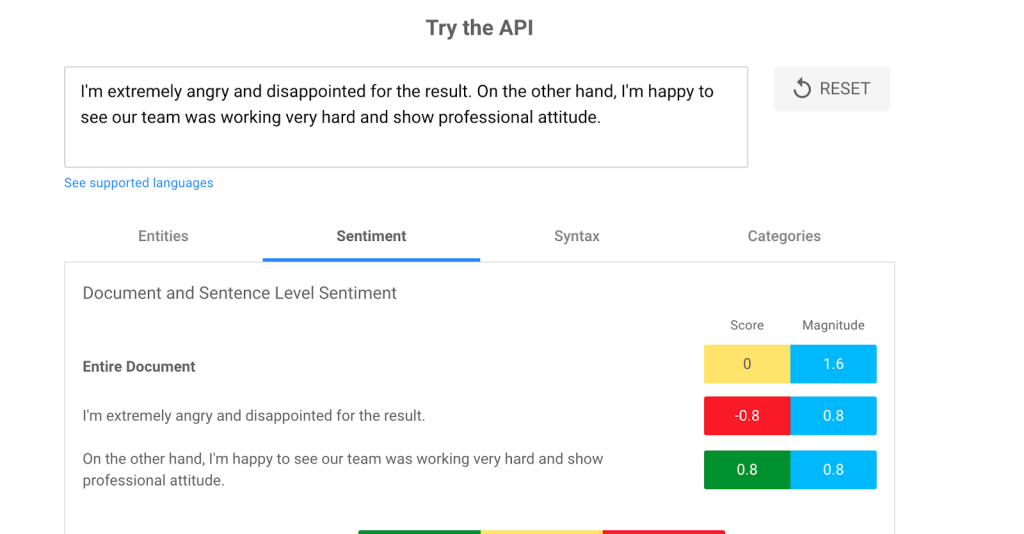
Having a safe, supportive space where users feel comfortable expressing themselves without fear of judgment can do wonders for feeling more empowered in their day-to-day lives – even if it is a bit unconventional.
Unique responses
When you are talking to a virtual companion, you want your experience to be unique and for it to remember previous conversations. Reinforcement learning is when AI tweaks its responses depending on your feedback.
For example, if there is a subject that you don’t want to talk about or if it has made a mistake in understanding a concept or name, your experience will be personalized to fit your preferences. It’s almost like you are building a friendship with a real person.
7. Fitness app
Whether you are trying to lose weight, build muscle, or stay healthy, fitness apps are wonderful tools to help you on your journey. Yoga, running, walking, weightlifting, and more can be tracked through fitness apps with various features. These include setting goals, performance tracking, and social media posts. AI-based healthcare apps are on the rise, and this can only be a good thing!
With over 200 million users, one of the best apps is MyFitnessPal. It can scan food packaging barcodes, track your goals, and personalize your profile.
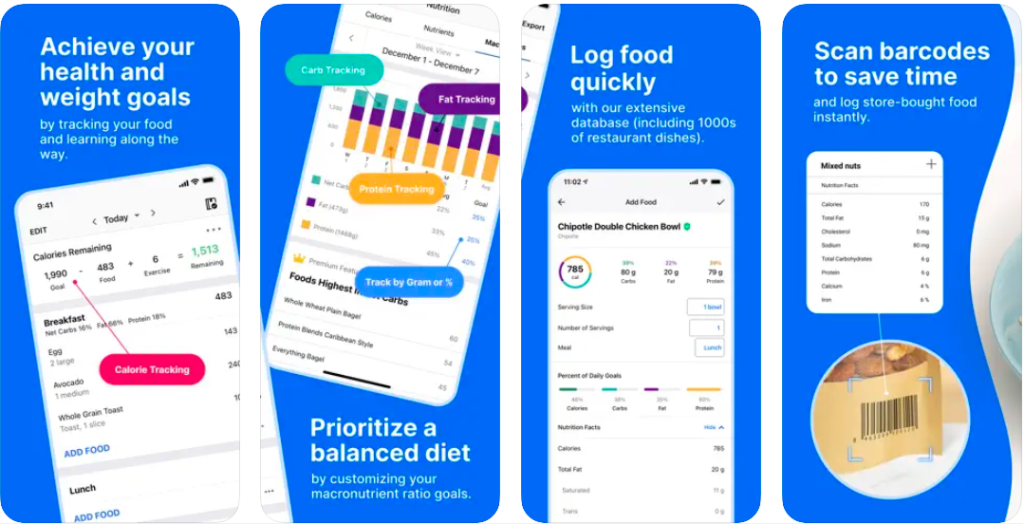
Not everyone can afford a personal trainer or a gym membership, so fitness apps are in high demand. Here are other ways in which AI enhances this experience.
Goal setting
Part of staying motivated during your fitness journey is setting realistic goals. Especially if you are new to working out, you need a fitness app to consider this and help manage your expectations to stay consistent.
The AI-powered app can take a deep dive into your data (with your consent) and make a note of everything about you, including sleep patterns, calories, and exercise history.
Adaptive workouts
Each body is different, and a good fitness app knows it. Taking into account your personal information regarding your fitness, workouts can be adapted in real-time with exercise, reps, sets, and rest intervals.
Having adapted workouts such as this mimics the attention that a human personal trainer will give you. If you have an injury or struggle with a particular movement, the AI will adjust and never let you miss a workout again.
Performance tracking
One of the many great things about getting fit is seeing how far you have come. With AI performance tracking, personalized benchmarks and metrics will give users full insight into what you have achieved and in what time frame.
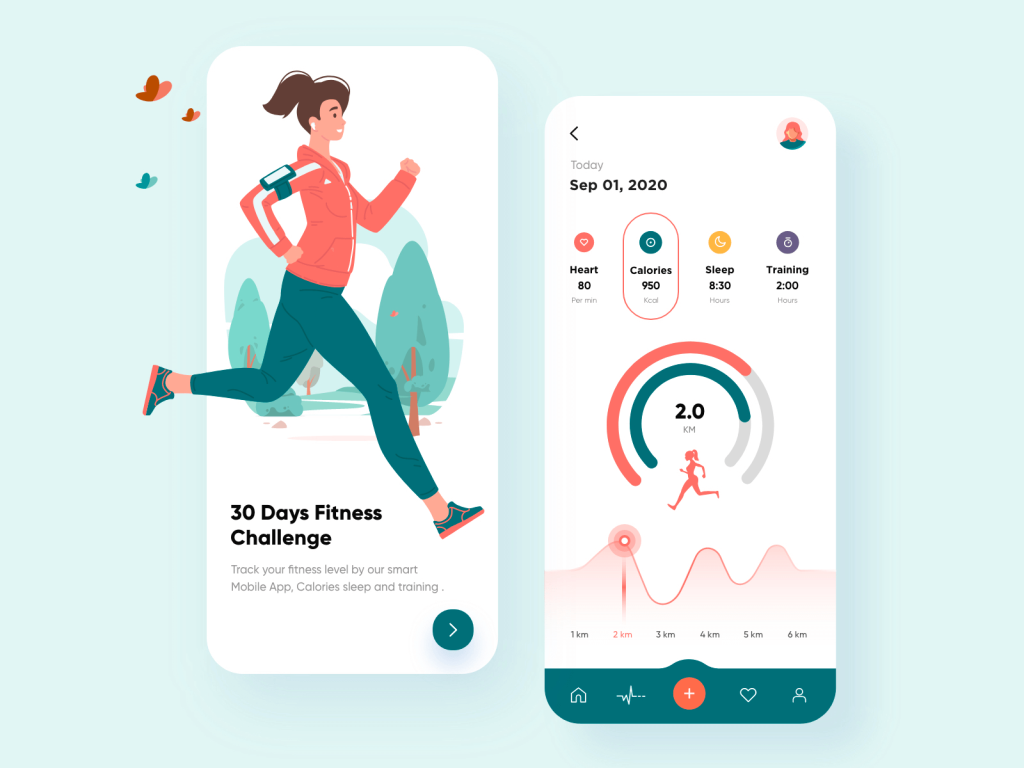
It can get as detailed as consistently tracking your heart rate to compare how high it is from the last time during the same exercise. Then, with your personalized fitness goals in mind, it can give you a clear route on how much farther you need to go to reach them.
8. AR interior design app
If only you could see if the gorgeous blue couch you found online would clash with your decor before buying it. Well, with AI, you can do just that, and it’s not limited to couches either!
By using augmented reality (AR) and artificial intelligence, interior design apps can project high-quality 3D models from the internet. For example, you can place a couch into your surroundings with real-life measurements applied. It’s an amazing piece of technology, so let’s see how it works alongside AI to bring images to life.

Material and color customization
With just a click of the finger, you can apply whatever material or color you want your furniture to have. Also, AI can look at the furniture or decor around you and apply characteristics to new furniture to compliment its surroundings.
This removes the stress of accidentally buying a rug that clashes with the curtains. And who knows, thanks to AI, you may find your dream aesthetic.
Pricing and inventory tracking
It’s easy to get carried away sometimes when online shopping, and the budget you set for yourself may suspiciously get vaguer. However, AI can hold you accountable and steer you toward the best deals all over the internet.
Incorporating this tool will allow it to analyze and compare prices from hundreds of sites and what inventory they have in stock or what will be released soon.
Design suggestions
There’s a handy technology known as style transfer, which does what it says on the tin. It allows you to transfer whatever color, pattern, or material from one object to another in AR. You can get as creative as you want and produce a room layout better than you imagined.

With a combination of style transfer, image recognition, and behavioral analysis interfaces, you can rest easy knowing you will get a personalized and efficient interior design experience.
These recommendations are also based on your preferences and browsing history. Sometimes the app will know you better than you know yourself regarding what would look best in your home.
Final thoughts
With all that new insight into how technology works together to create the apps you know and love, I bet there is a long list of artificial intelligence app ideas in your notebook just waiting to be brought to life.
All the big words like machine learning, deep learning, and NLP can put people off, but if millions of other people can do it, then why can’t you?
Using AI is not about innovation anymore; it’s about survival as a startup. You can do it. You only need an idea, motivation, and the right application development team. Perhaps your app will be featured on next year’s list.
Do you feel inspired to make your very own AI app? To find out about how to get the best out of this technology, head over to Top Apps and join the leading AI conversation.
Christina Muir
Christina's expertise in the tech industry allows her to provide insightful and informative content to her readers, covering a range of topics from productivity and lifestyle apps to gaming and entertainment software.
Recent Articles

In 2024, your smartphone camera is about to get a whole lot smarter. AI camera apps are transforming the way we capture and...
Read More
Find out how celebrity voice generators can be utilized for so much more than just personal entertainment and use our review to see...
Read More
Ever wanted to find out which celebrity you look like? Or have you ever been told you look like a certain celebrity and...
Read More